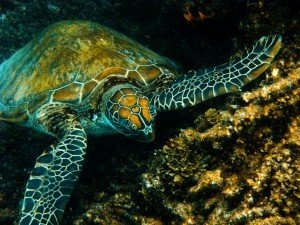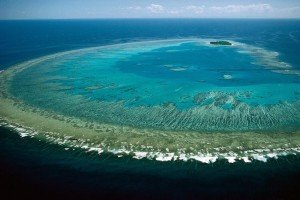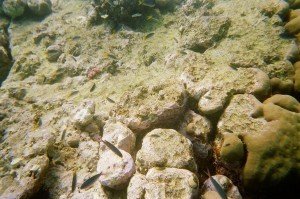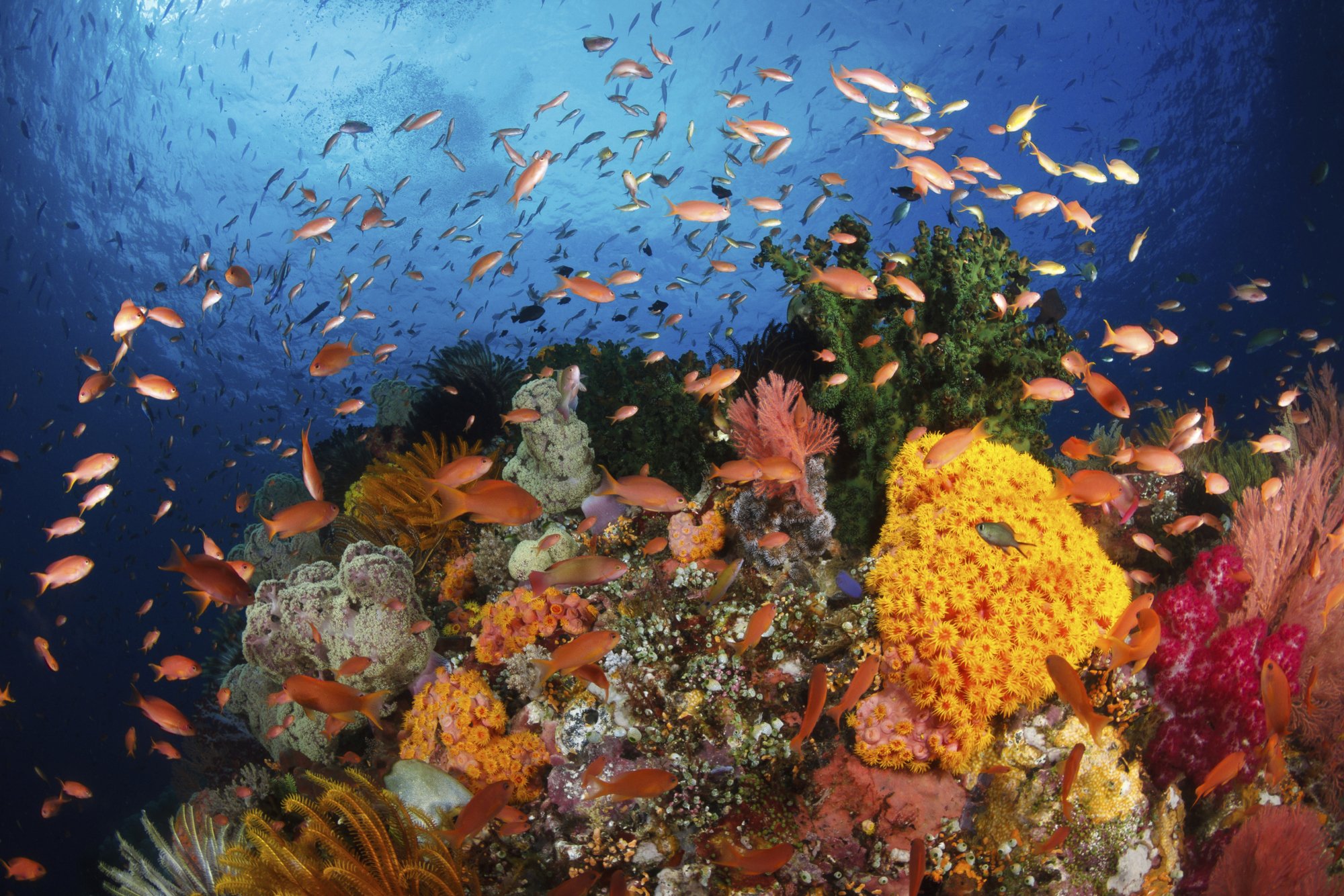The Great Barrier Reef is one of seven wonders of the natural world. Check out these facts about one of Australia’s greatest treasures!

Photo Credit: Flickr Creative Commons
The Great Barrier Reef is located off the coast of Queensland, Australia. Queensland is known as the “Sunshine State” and is home to ten of Australia’s thirty biggest cities.
The reef is a UNESCO World Heritage Site, one of 19 found in Australia. To be considered a World Heritage Site, a place must have significant cultural and historical value. The Great Barrier Reef definitely qualifies, with UNESCO describing it as a “globally outstanding and significant entity.” It attracts over two million tourists per year.
The Largest Coral Reef in the World
The Great Barrier Reef can be seen from outer space and is roughly the size of Italy, or half the size of Texas. To think of it another way, it is about the same size as 70 million football fields.

Photo Credit: Flickr Creative Commons
It is the world’s largest reef and the entire Great Barrier Reef Marine Park houses three thousand separate coral reefs, six hundred continental islands, 1625 types of fish, 133 varieties of sharks and rays, and 600 types of soft and hard corals. Ten percent of the world’s fish population lives in the reef. The reef includes a diverse underwater geography including canyons, channels, plateaus, and slopes.
Aboriginal and Torres Strait Islander peoples are known as the Traditional Owners of the Great Barrier Reef. The two Indigenous Australian groups lived along the reef and practiced an island life style that included hunting, fishing, gardening, and trading with neighboring communities.
An Ecosystem in Jeopardy

Photo Credit: Flickr Creative Commons
According to latest estimates, only seven percent of the reef is unaffected by bleaching. Climate change and El Niño have contributed to warmer ocean temperatures, which leads to coral bleaching. Declining water quality due to land-based run-off also threatens the reef, along with illegal fishing. While rare, extreme weather can also harm the reef and cause extreme damage.
To protect the reef, there are multiple plans and organizations in place to foster its growth and prevent further damage. The Eye on the Reef program allows anyone who visits the reef to look out for its protection. As a tourist, you can download their app and submit pictures of problems you see in the area. Pictures and reports help contribute to data and health trends that give management an accurate view of problem areas.
If you’re interested in a career in the ocean, check out these five marine biology jobs you should consider! Or if you’re interested in science but not sure what you’d like to do yet, take our STEM Type quiz to help you #dowhatyoulove.







Leave A Comment
You must be logged in to post a comment.